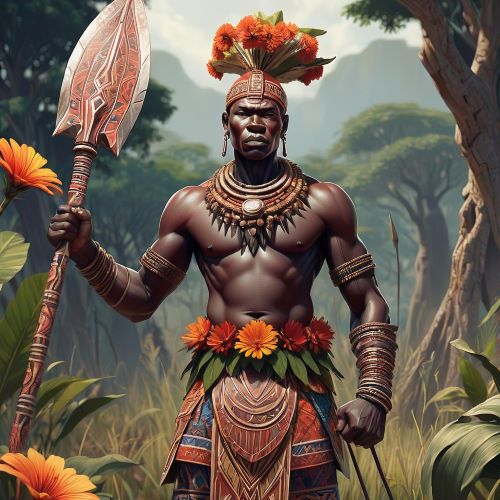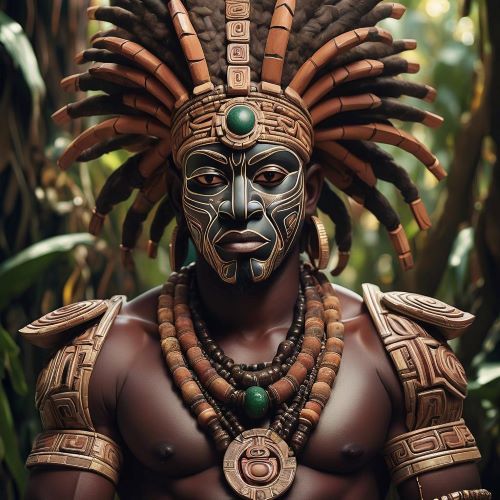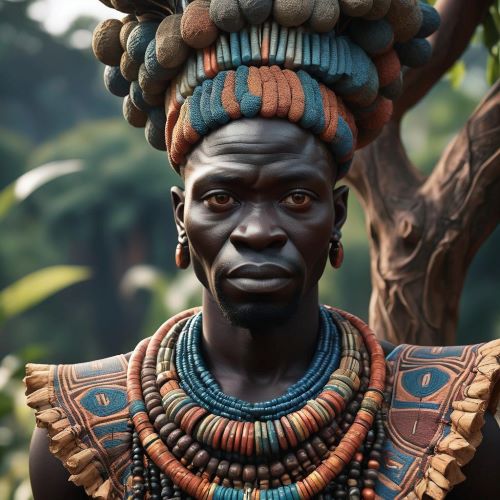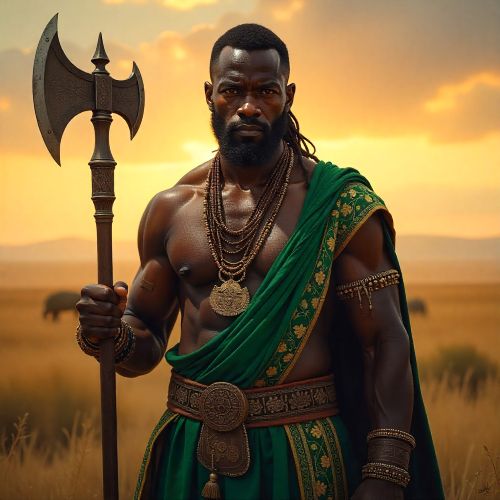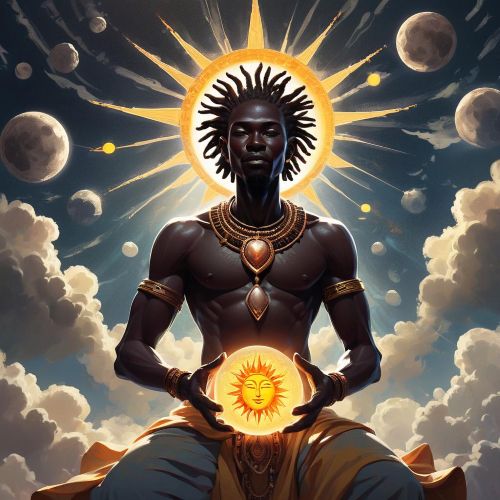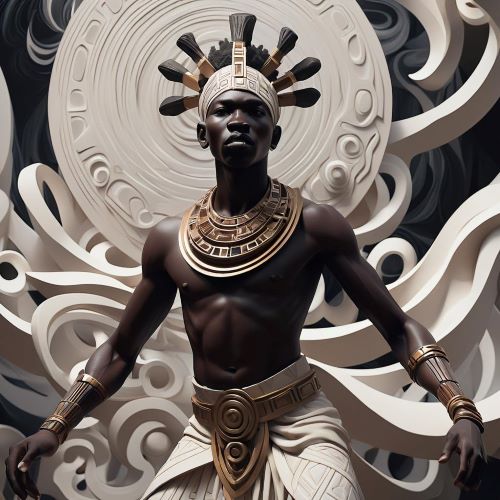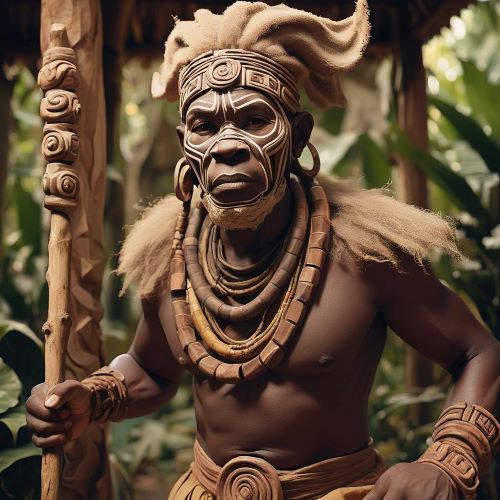Kuba, Luba, Lunda, and Songye Mythology
Kuba, Luba, Lunda, and Songye mythology represents the deeply spiritual heritage of the Congo region, where myths, oral traditions, and rituals form the foundation of cultural identity. These mythologies emphasize the role of divine ancestors, sacred kingship, and the close relationship between humans and spiritual forces that govern nature and society. The stories passed down across generations explain the origins of the world, the legitimacy of rulers, and the balance between the living and the unseen. Each group developed distinct yet interconnected systems of belief, reflecting the rich diversity of Central African traditions while also sharing common themes of respect for ancestors, spiritual intermediaries, and the quest for harmony within the community.
In Luba mythology, the figure of Kalala Ilunga is one of the most significant cultural heroes, remembered as a warrior-king who founded dynasties and established order. The Luba believed that sacred kings were not merely political leaders but divine figures, chosen to maintain balance between the physical and spiritual realms. Their myths also highlight the importance of memory and oral history, preserved through court historians who were entrusted with transmitting sacred narratives. Similarly, Lunda mythology emphasized the divine origin of their rulers and the central role of ancestral spirits, linking the wellbeing of the kingdom with proper observance of ritual and tradition.
Kuba mythology is equally rich, with tales centered on creation, spiritual beings, and the origins of kingship. The Kuba people are renowned for their elaborate artistic traditions, and their mythology often reflects the aesthetic beauty of their masks, textiles, and regalia, all of which held ritual significance. Sacred kingship was again a central theme, with rulers seen as mediators between the divine and human worlds. Among the Songye, mythology combined spiritual beliefs with powerful ritual practices. Their famous nkisi figures, much like those of the Bakongo, served as vessels of supernatural power, used to heal, protect, or bring justice. These spiritual objects embodied the connection between myth, ritual, and everyday life, with shamans and ritual specialists playing key roles in maintaining this balance.
Together, the mythology of the Kuba, Luba, Lunda, and Songye people showcases the intricate spiritual and cultural landscape of Central Africa. Their myths, rituals, and sacred art emphasized continuity, identity, and the importance of maintaining harmony with both ancestors and divine forces. These traditions not only reinforced the authority of rulers but also provided explanations for natural and social events, embedding mythological thinking into daily existence. Even today, the influence of these mythologies can be felt in Central African cultural practices, as well as in the global recognition of their artistic and spiritual legacies. Their stories, figures, and rituals remain a living testament to the enduring power of myth in shaping collective memory and cultural identity.



